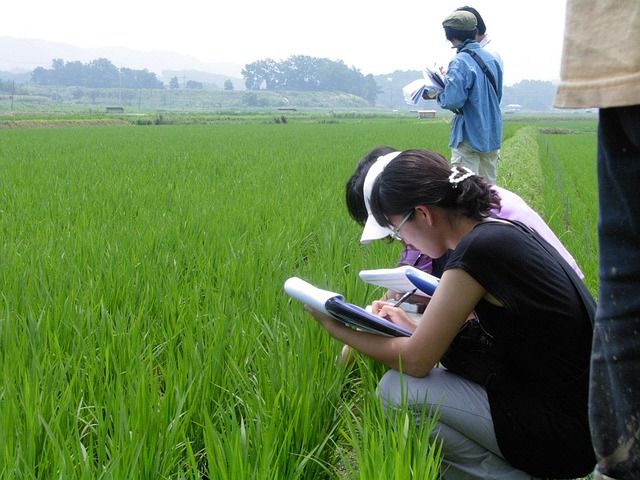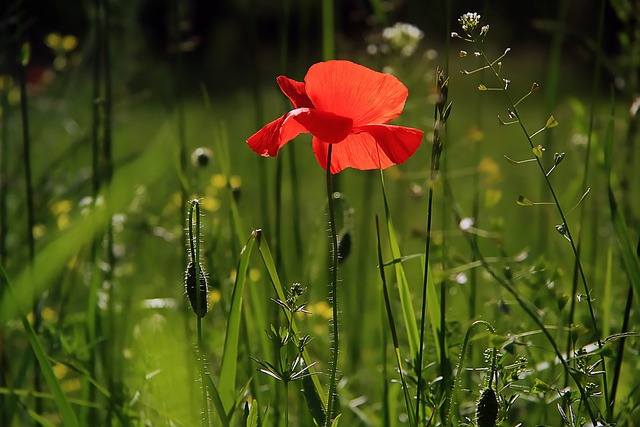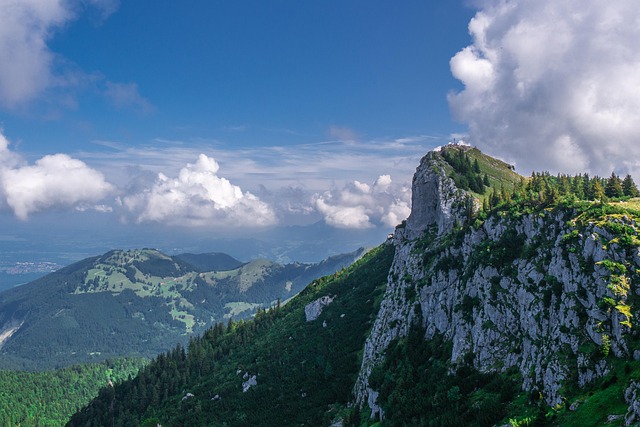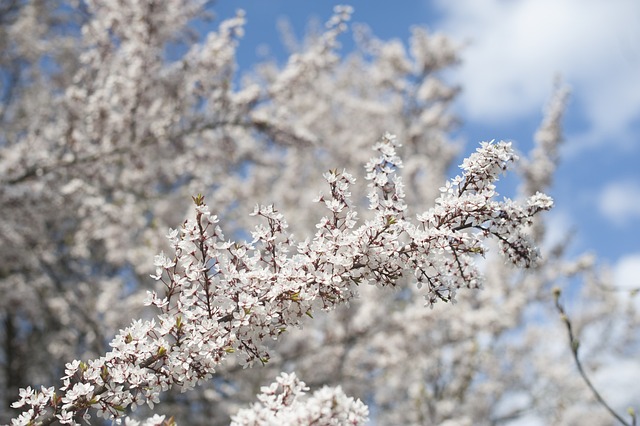Botanical gardens, integral parts of family-friendly parks and nature reserves, offer a blend of education, tranquility, and community engagement. These green spaces cater to diverse visitors by promoting conservation awareness in children, providing serene environments, and accommodating dogs. With scenic landscapes, community gardens, and botanical exhibits, they foster accessibility, sustainability, and social cohesion. Thoughtful planning ensures these parks balance recreation with environmental respect, creating vibrant hubs for both residents and wildlife.
“Local parks serve as multifaceted ecosystems, offering more than just recreational spaces. From vibrant botanical gardens that host diverse plant life and educate eco-conscious citizens, to family-friendly areas fostering a love for nature in young minds, these green oases cater to various interests. Nature reserves protect fragile ecosystems, providing quiet retreats for all. Moreover, community gardens promote social cohesion and sustainable food systems, while dog-friendly parks balance outdoor recreation with accessibility. Discover how these diverse habitats contribute to urban environments and community well-being.”
- Botanical Gardens: A Haven for Diverse Plant Life and Eco-Education
- Family Friendly Parks: Creating Memories While Nurturing Young Naturalists
- Nature Reserves: Protecting Fragile Ecosystems and Offering Quiet Retreats
- Scenic Landscapes: The Role of Parks in Shaping Beautiful Urban Environments
- Community Gardens: Cultivating Social Cohesion and Sustainable Food Systems
- Dog-Friendly Parks: Balancing Outdoor Recreation with Respect for All Visitors
Botanical Gardens: A Haven for Diverse Plant Life and Eco-Education

Botanical Gardens offer more than just a beautiful, scenic landscape; they serve as vital nature reserves that foster an incredibly diverse range of plant life. These family-friendly parks are perfect for educational purposes, encouraging kids to learn about different species and the importance of conservation. With their well-maintained paths and tranquil settings, they attract visitors looking to escape the hustle and bustle of daily life. Community gardens within these spaces also promote local biodiversity and create a sense of community engagement in environmental stewardship.
Moreover, many Botanical Gardens are dog-friendly parks, allowing pet owners to enjoy the natural surroundings with their furry companions. This accessibility makes them popular spots for locals seeking fresh air and outdoor recreation while still catering to diverse park-goers’ needs, from families to nature enthusiasts and pets.
Family Friendly Parks: Creating Memories While Nurturing Young Naturalists
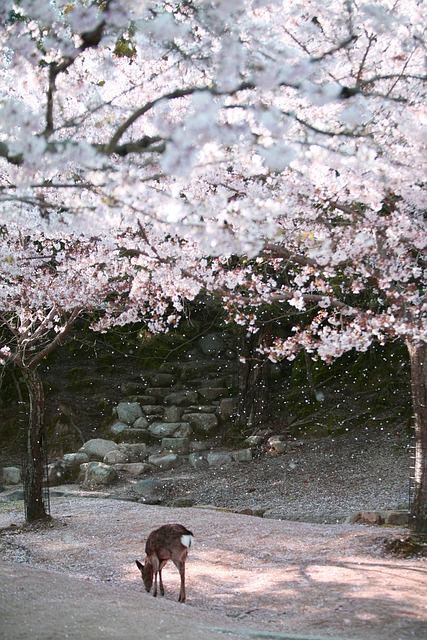
Family-friendly parks play a pivotal role in fostering a love for nature and creating lasting memories among young minds. These green spaces offer a unique opportunity to nurture young naturalists, where children can explore, learn, and connect with the outdoors. Many modern parks incorporate botanical gardens, showcasing diverse plant species and providing an educational experience for all ages. The scenic landscapes within these parks often include tranquil lakes, lush forests, or vibrant community gardens, encouraging families to spend quality time together in harmony with nature.
With various amenities catering to different interests, family-friendly parks attract visitors beyond just parents and children. Dog-friendly areas, for instance, welcome pet owners, promoting an active lifestyle while allowing four-legged companions to enjoy the outdoors. These inclusive spaces not only strengthen community bonds but also contribute to environmental conservation efforts by engaging future generations in responsible stewardship of natural resources.
Nature Reserves: Protecting Fragile Ecosystems and Offering Quiet Retreats
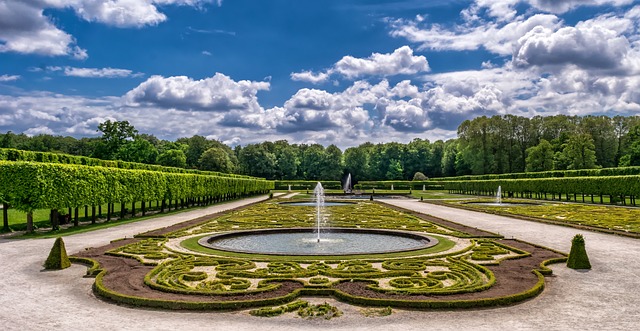
Nature reserves play a pivotal role in safeguarding our region’s diverse and delicate ecosystems, serving as oases for countless plant and animal species. These protected areas often showcase stunning botanical gardens teeming with indigenous flora, providing a sanctuary for wildlife to thrive. With their pristine scenic landscapes, they offer visitors a chance to escape the hustle and bustle of daily life, reconnecting them with nature’s tranquility. Many nature reserves are strategically located within local parks, making them easily accessible for families seeking outdoor activities in a peaceful setting. These green spaces cater to all ages, promoting environmental education while fostering a sense of appreciation for our natural heritage.
For pet owners, especially those with dogs, dedicated dog-friendly parks within nature reserves offer a unique opportunity to enjoy the outdoors together. These areas encourage responsible pet ownership while allowing four-legged friends to explore and play in scenic surroundings. Community gardens, another integral part of this ecosystem, engage local residents in sustainable practices, nurturing both plants and community spirit. Whether it’s a family seeking a tranquil retreat or dog owners enjoying quality time with their pets, nature reserves within local parks cater to various needs, ensuring that both people and the environment thrive harmoniously.
Scenic Landscapes: The Role of Parks in Shaping Beautiful Urban Environments

Local parks play a pivotal role in shaping beautiful and vibrant urban environments. Beyond providing recreational spaces for residents and visitors alike, these green oases are crucial ecosystems that support diverse wildlife habitats. Parks, including nature reserves, botanical gardens, and community gardens, offer scenic landscapes that not only enhance the aesthetic appeal of cities but also contribute to environmental sustainability. They serve as sanctuaries where people can connect with nature, fostering a sense of tranquility and well-being within urban settings.
Family-friendly parks and dog-friendly areas further highlight the multifaceted role of these green spaces. By catering to various user groups, parks become inclusive environments that promote community engagement and social cohesion. The integration of recreational facilities, such as playgrounds and walking trails, encourages active lifestyles while preserving and showcasing the beauty of natural landscapes.
Community Gardens: Cultivating Social Cohesion and Sustainable Food Systems
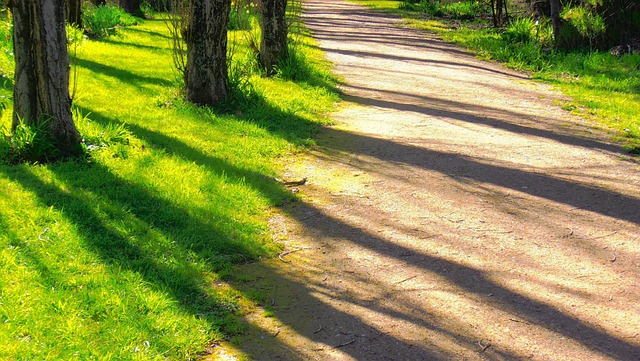
Community Gardens: Cultivating Social Cohesion and Sustainable Food Systems
In many local parks, community gardens are sprouting up, offering more than just a space to grow plants. These botanical oases foster social cohesion as neighbors come together to tend to shared green spaces. Families can enjoy these parks, encouraging outdoor play and instilling an early appreciation for nature. Moreover, community gardens contribute to sustainable food systems by enabling residents to cultivate their own fresh produce, reducing reliance on distant agricultural sources.
Nature reserves within these parks provide a peaceful sanctuary where visitors can escape the hustle and bustle of urban life. Dog-friendly parks further enhance accessibility, allowing four-legged family members to roam freely in scenic landscapes. This integration of community gardens, nature reserves, and pet-friendly areas creates a well-rounded park experience that benefits both people and wildlife, making local parks vibrant hubs of activity and environmental stewardship.
Dog-Friendly Parks: Balancing Outdoor Recreation with Respect for All Visitors

Many local parks offer a unique blend of natural beauty and recreational opportunities, including dog-friendly spaces that cater to pet owners while ensuring a harmonious experience for all visitors. These parks, ranging from botanical gardens to scenic landscapes, often double as community gardens, fostering a sense of connection with nature among residents. However, balancing outdoor recreation with respect for the environment and other park users is essential.
Dog-friendly parks require thoughtful planning and enforcement to maintain their accessibility and appeal. Well-behaved dogs on leashes are generally permitted in designated areas, encouraging families to enjoy walks or playtime in these green spaces. Yet, it’s crucial to manage potential conflicts with wildlife habitats and other visitors. Clear signage, dedicated dog exercise areas, and regular clean-up initiatives can contribute to a peaceful atmosphere, allowing both dog owners and nature enthusiasts to coexist and appreciate the beauty of local parks.




